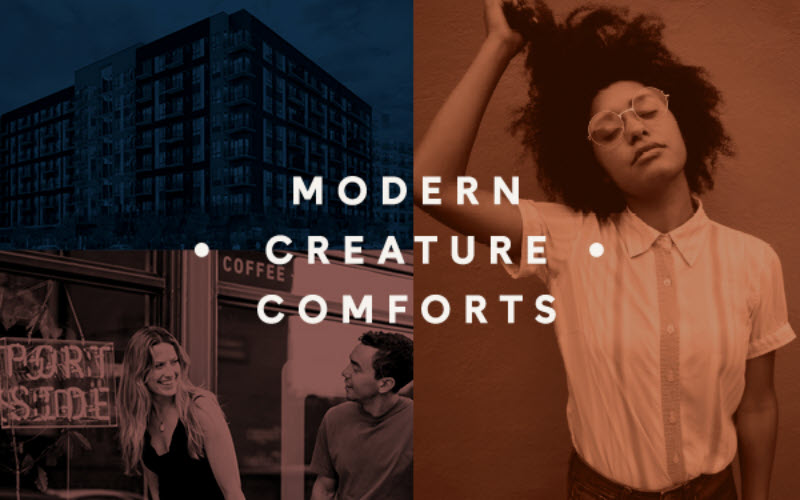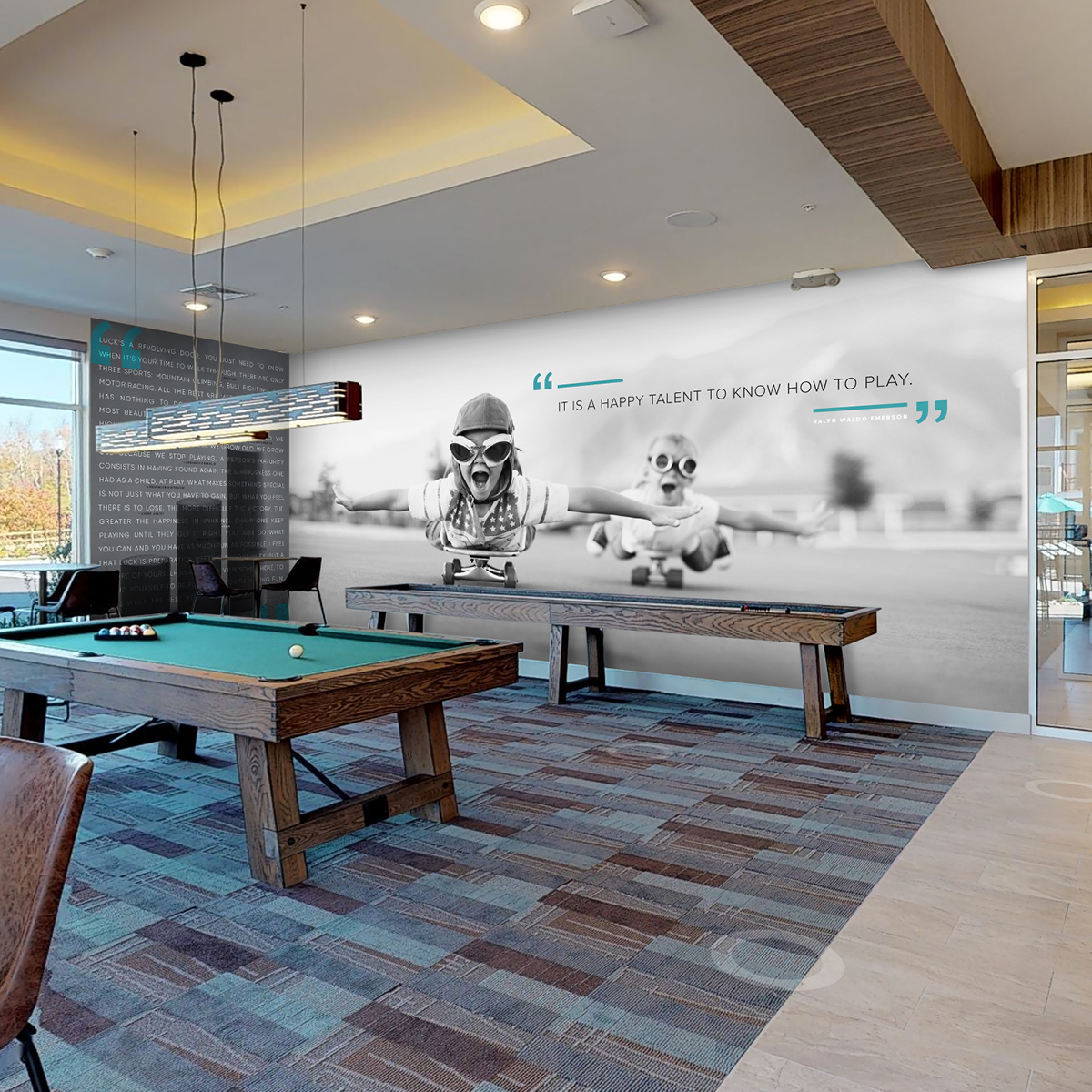In our last post we spoke about Serif fonts, their different categories, and how their physical qualities can have a dramatic effect on how a design, and thereby a brand is perceived. In this post we will do the same for Sans-Serif fonts and will also discuss Display fonts.
“Simplicity is the Ultimate Sophistication” ― Leonardo da Vinci
Sans-Serif fonts (“sans” meaning without) do not have serifs. They usually feel cleaner and simpler than Serif fonts and sometimes, but not always, more contemporary. They can appear minimal and modern. But they can also be perceived as too simple, casual, unfriendly or cold.
Example: For this cycling inspired poster art the designer used a Sans-Serif font that is both bold and strong but also simple with clean straight edges that complement and do not distract from the texture created by the map.
These can also be subcategorized into different groups. Humanist Sans-Serif, similar to Old Style Serif fonts, is more closely related to calligraphy and forms created by gestures of the hand. Compared to other Sans-Serif groups, there is more variation between thick and thin lines. This quality allows them to be clean and simple but less cold and machine-like. Frutiger is a Humanist Sans-Serif. Transitional Sans-Serif fonts are more uniform, like Helvetica. These tend to be very adaptable with an easy readability, and look good in many different situations¬, especially signage, but can sometimes lack personality and feel kind of bland. Geometric Sans-Serifs like Futura are very uniform and tend to follow geometric shapes rather closely. They can feel very clean and contemporary but their sharp edges and perfect shapes can feel harsh and cold.
Example: Royal Opera HouseAbove is a great example of how to successfully evolve a brand. The Royal Opera House recently updated their logo. There is obviously a lot of history there that they want to still reflect in their brand. By choosing an elegant Sans-Serif font–a light-weight version of Gotham–they complemented the traditional looking crest while giving it a more contemporary look that better reflects their performances and patrons.
By increasing the size of the type in relation to the crest they were able to make the name more prominent but keep that elegant feeling, marrying the old and new successfully. The crest speaks to its long history while the type, more sophisticated and graceful like a dancer, speaks to a new blossoming future.
All the World’s a Stage
Most of the fonts discussed above would feel right at home as body copy, in large blocks of text. There is another category that is hard to specifically define except in saying that these fonts are often created for use as Display fonts. In other words, they are usually intended to be headlines or used in other short form type uses.
They can be Serif or Sans-Serif. They can be hand drawn, script, grungy, distorted, dirty or incredibly ornate. They usually do not do well in body copy as they tend to be hard to read in larger chunks. But they can really pack a punch. Are you working on a flyer for a Halloween sale? How about using Horror Flick. Hosting a black tie event? Set your headline in Bellisima Script. I know these examples are extremely cliché, but you get our drift.
These fonts tend to be very expressive, hitting you over the head with the intended message. They can be very useful to communicate an idea quickly and efficiently. They can make your design fun and engaging.
The potential downside, besides the risk of being too cliché, is they can also have a short shelf life. They can feel dated very quickly. Or they can feel shallow, only embodying one idea. A one-trick pony. In other words even if you are selling Halloween costumes you might want to think twice about using Horror Flick in your logo. Then again, maybe it’s just right.
Examples: Notch Beer – fun, rugged and outdoorsy.
Rules are Meant to Be Broken
Now that we’ve laid out the general principles you’ll notice we used a lot of words like “often” or “usually” when describing categories of type. There are always those typefaces that break with expectation and the general descriptions we’ve laid out above. Serif fonts don’t always feel traditional. Sans-Serif fonts are not always sleek and contemporary.
All this of course, like all design, is a subjective art. You cannot guarantee that people will interpret these typefaces along these lines specifically or in the exact same way that you do, but there is a visual language that is at work, and understanding that language is what allows us to communicate ideas through our designs. Type is a major part of that language.
Now we’ve just scratched the surface of the big bad world of type. If you are like us and all this just makes you want to geek out on type, below is a list of resources that covers all different aspects of typography.
Fun Stuff
Veer has a great tool to find a font in their collection. It groups fonts in categories like fancy, traditional, futuristic or retro and allows you to see your message typeset in a particular font.
I Love Typography – Typography Blog
Butterick’s Practical Typography Learning resource
Creative Bloq list of typography tutorials
Thinking With Type – Get this book.
Popular Type Designers, Foundries and Purveyors:
Hoefler & Co Website
Tobias Frere-Jones
Veer
Fonts.com
Myfonts.com
Fontshop.com
Linotype.com
Adobe.com/fonts
Émigré.com




